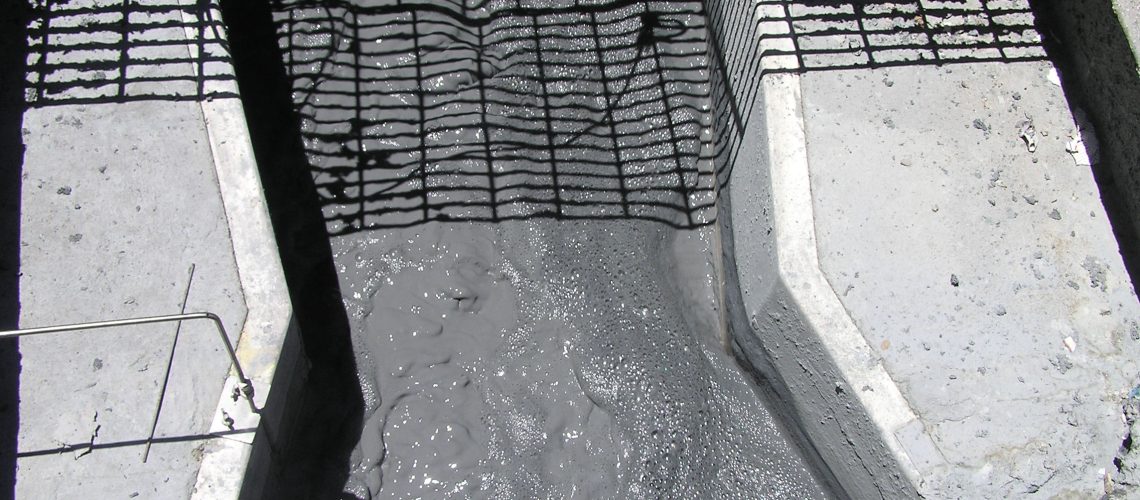One of the hardest decisions when implementing a flume into your flow channel is deciding which style would work the best. The most popular option is the Parshall thanks to its long history of research and numerous applications. They aren’t always the best fit, however, which is why several Parshall flume alternatives are available. One of the most useful is the cutthroat. Learn what cutthroat flumes are, and discover if they’ll work for your flow channel.
Design
The cutthroat flume is similar to a Parshall flume save for one essential difference. In a cutthroat flume, the throat section is removed, hence the name. It still retains its hourglass shape, however, with the flow going inward towards what would be the throat section then spreading out in the discharge section. Because of this design, the angle of convergence of the inlet walls is a fixed 1:3, and it’s 1:6 at the outlet walls.
When looking at cutthroat flumes, you’ll find general ratios to be the same regardless of size, which is notably unlike the Parshall flume that has altering ratios depending on the size. For example, the discharge section of a cutthroat flume will always be twice as long as the inlet section. Meanwhile, a Parshall flume’s discharge section is always shorter than the inlet section.
Accuracy and Submergence
Among the most important concerns of any flow measurement device are accuracy and submergence. With the cutthroat flume, you’ll find fairly reliable accuracy around +/- 3%. Most flumes offer a range of accuracy, but the cutthroat flume is fairly stuck at that singular figure. Keep in mind that the Parshall flume has a range closer to +/- 3-5%.
The cutthroat flume can handle submergence conditions as well as Parshall flumes, though it depends on a different factor. Submergence transitions for Parshall flumes vary based on the size of the flume as a whole. For example, a 50 foot Parshall flume will have a higher submergence transition than a 5 foot Parshall flume. With cutthroat flumes, submergence transition depends on flume length, not flume size. 108 inches is where you’ll get the highest submergence transition of 80%.
Available Sizes
When you’re looking for a cutthroat flume, you’ll have quite a few different sizes to choose from. There are four standard lengths to choose from, 18 inches, 36 inches, 54 inches, and 108 inches. Among those lengths, you’ll find four different throat widths available for each. That in all creates 16 different sizes available to choose from.
While these sizes can add a bit of customization suitable for your unique flow channel, the best benefit is its ability to function as intermediate-size flumes. Different throat widths can be used freely for any given flume length, so those kinds of alterations allow for pinpoint specifications for perfect flow channel functionality.
Cutthroat Flumes from Tracom
Now that you know what cutthroat flumes are, it’s time to get one of your own. That’s where Tracom is happy to help. You’ll find a wide variety of cutthroat flumes available, but our team is always happy to work with you to create a custom flume for your unique open channel flow conditions. Contact us today to learn more!



